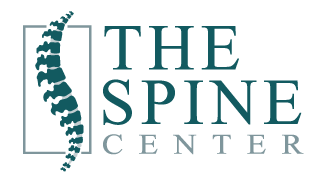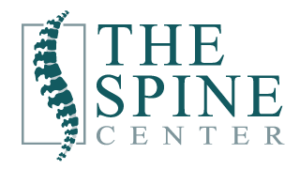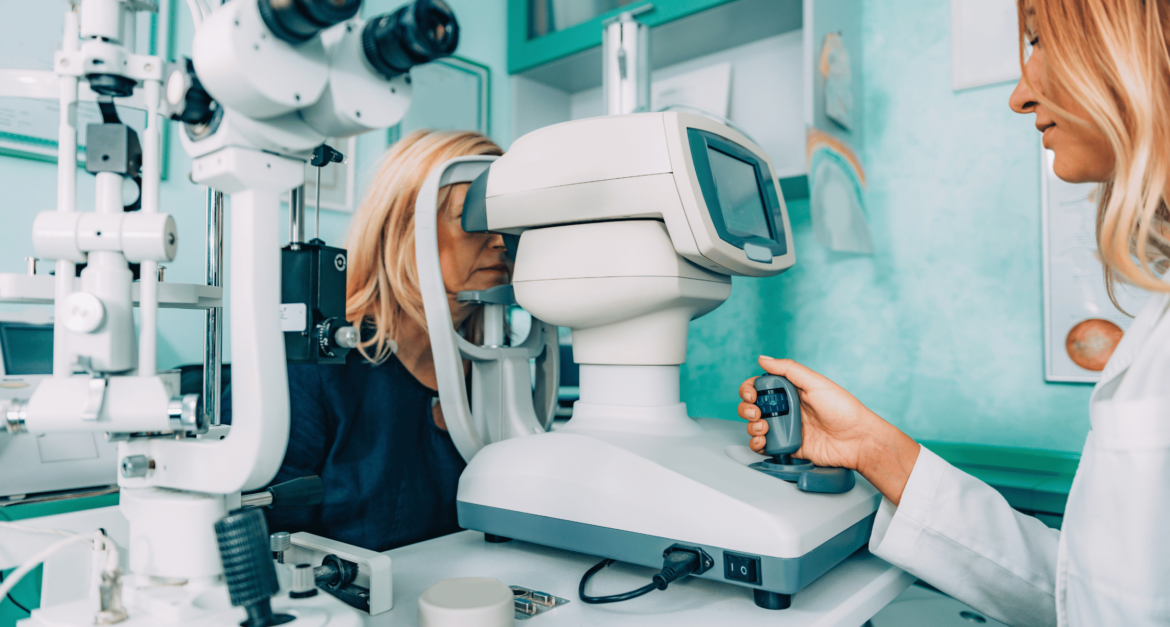Imagine you’re gearing up for a career in the world of commercial trucking, and you’ve heard about the infamous DOT Eye Exam. But what is it, and what does it entail?
The DOT (Department of Transportation) Eye Exam is a vital component of the DOT physical, and it consists of two major components: assessing your distance vision and your field of view. To pass this exam, you’ll need to achieve 20/40 vision or better, with or without corrective lenses, in both eyes. Sounds straightforward, right? But there’s more to it. If you’re not sure what to expect from your DOT physical exam, make sure you read our overview here.
What’s on the Dot Eye Exam Chart?
Eye exams are part of DOT physicals, and a certified medical examiner must perform them. These eye exams measure the driver’s visual perception. If you are applying for your commercial driver’s license, you must pass the eye exam before you start your CDL training.
Your distance vision is typically measured by having you read from a standard Snellen chart, the one with rows of progressively smaller letters. The magic number to aim for is 20/40 or better in each eye. If you wear glasses or contacts, you can use them during this part of the test to meet the required vision standards.
However, it’s not just about reading letters. Your peripheral vision is also under scrutiny during the DOT Eye Exam. Testers may hold up fingers at the edge of your visual field, testing your ability to detect objects in your periphery. This part of the exam is crucial for ensuring you have the necessary field of view for safe driving.
Additionally, you’ll need to demonstrate your ability to differentiate between common traffic control colors, such as amber, red, and green. This skill is essential for recognizing and responding to traffic signals and signs while on the road.
Exemptions – What is the Alternative Vision Standard?
Now, let’s say you don’t meet the standard requirements for distance vision or field of view. Is all hope lost? Not quite. There are exemptions available, especially for individuals with monocular vision. Your Medical Examiner may refer you to have your vision tested by a specialist to determine if you are safe to operate CMVs or they may recommend you apply for the Federal Vision Exemption. It is important to ensure your medical examiner continues to complete your physical so you can apply for the exemption.
To secure an exemption, you must meet the Alternative Vision Standard, which has four key criteria:
- Your better eye must have a distance vision of 20/40 on a Snellen chart (with or without corrective lenses), and you should have at least a 70-degree field of view horizontally.
- You must be able to recognize traffic control colors, namely red, green, and amber.
- Any vision deficiency you have must be stable, meaning it’s not worsening over time.
- Adequate time must have passed for you to adapt and compensate for the deficiency.
Once you’ve undergone the necessary eye examination, you’ll need to present the proper paperwork to a certified medical examiner, who will make the final decision regarding your exemption status. The essential form needed is the MCSA-5871 (Vision Evaluation Report), which is valid for 45 days. It collects basic identifying information, such as your name, date of birth, driver’s license number, and state.
Common Questions About The DOT Eye Exam
As you prepare for your DOT Eye Exam, you might have a few burning questions. Let’s address some of the most common ones:
- Can you use eyeglasses during the exam? Yes, if you require glasses for driving, wear them during the exam. It will be noted on your CDL, and you must have them while driving.
- Are contact lenses allowed? Yes, the test remains the same whether you wear eyeglasses or contact lenses. But only use contacts if you need them for driving.
- Does the DOT eye exam test night vision? No, the standard DOT physical doesn’t include a specific night vision test. However, if you have concerns about nighttime driving, consult with a medical professional for advice and consider solutions like nighttime driving glasses.
- How is peripheral vision tested for DOT physical? Typically, your field of vision is checked at 70 degrees from your center to your periphery. Testers might ask how many fingers they’re holding up in your peripheral view.
- What if I fail my DOT eye exam? Don’t fret! There are options available, including using corrective lenses while driving, having restricted driving hours or obtaining a license with a shorter expiration date. Each situation is unique, and there are ways to work around vision deficiencies.
- Should I get an eye test before my DOT physical? Your DOT physical eye test isn’t usually a big worry if you’ve been taking care of your eyesight. But if you’re unsure about your vision, it’s a smart move to get an eye test before your DOT Physical. Why? It ensures you have the right glasses or contacts to breeze through the exam. Remember, good vision is crucial for safe driving, so taking this step not only looks out for your safety but also keeps the roads safer for everyone.
- Where can I get a Dot Physical near me? At The Spine Center, we are proud to simplify the process of DOT/CDL exams in Las Vegas, Nevada. We schedule same-day appointments so you and your staff don’t have to wait hours for their exam. We are a TeamCME Clinic and are nationally recognized as a provider of fast and efficient DOT Physicals.
For your DOT appointment, call: 702-252-7246
Let’s Plan Your DOT Physical at Spine Center LV
Now that you have a better understanding of the Dot Eye Exam and its importance, it’s time to take action if you’re considering a visit to Spine Center LV. The DOT Eye Exam is a critical step on your journey to becoming a commercial truck driver. Understanding its components and requirements will help you prepare and ensure a smoother path toward achieving your CDL.
Here’s how to proceed:
- Schedule your appointment: Reach out to Spine Center LV to book your DOT Eye Exam appointment. Our dedicated team is ready to assist you on your journey to meeting the vision requirements for your CDL.
- Prepare for your visit: Prioritize your well-being by getting a good night’s rest and ensuring you’re well-prepared for your appointment. Be sure to bring any relevant medical records or test results that may assist in the examination.
- Discuss your concerns: During your visit, our experienced professionals will take the time to listen to your concerns, evaluate your vision, and provide guidance on meeting the DOT’s vision standards.
Taking the initiative to address your vision health is a crucial step towards achieving your commercial driving goals. As a Las Vegas-certified medical DOT examiner, Spine Center is committed to your well-being, and we look forward to assisting you on your journey to a successful CDL application. Book your appointment today.


